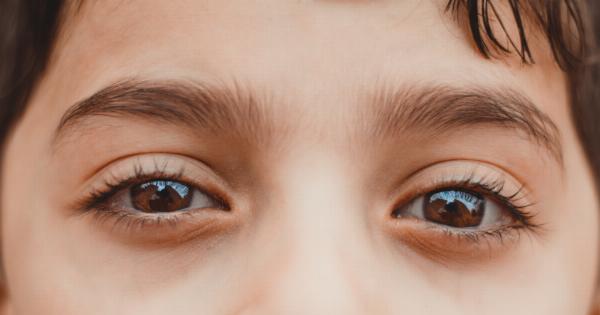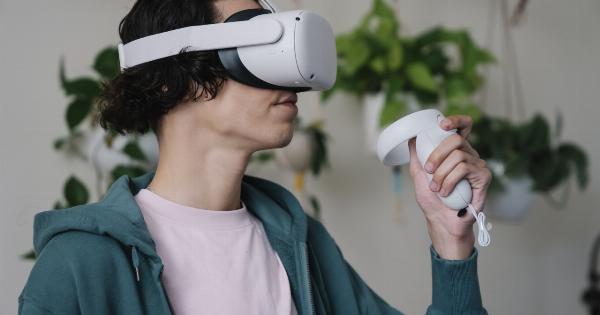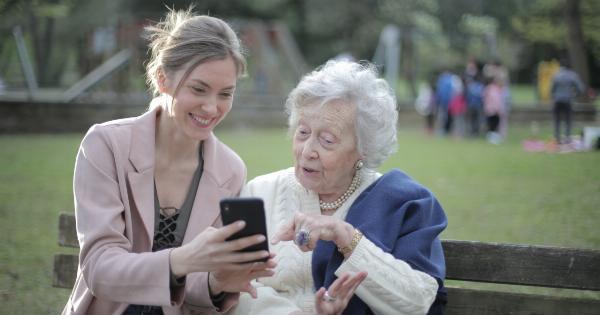As parents, we are constantly concerned about the health and well-being of our children. We take them to the doctor for regular check-ups, make sure they eat nutritious foods, and ensure they get enough exercise.
However, one area that often gets overlooked is their vision health. With the rise of digital devices and increased screen time, it is more important than ever to be aware of the risks to child vision. In this article, we will explore these risks and provide valuable information that every parent should know.
The Impact of Screen Time
In today’s digital age, children are spending more and more time in front of screens.
Whether it’s watching television, playing video games, or using smartphones and tablets, excessive screen time can have a negative impact on their vision health. Prolonged use of digital devices can cause eye strain, dry eyes, and blurred vision. It is important for parents to set limits on screen time and encourage their children to take regular breaks.
The Importance of Outdoor Play
Studies have shown that spending time outdoors can have a positive impact on children’s vision. Natural light helps to stimulate the development of the eye and reduces the risk of myopia (nearsightedness).
Encouraging children to engage in outdoor activities such as sports, bike riding, and nature walks can help to protect their vision health.
The Role of Nutrition
Nutrition plays a vital role in maintaining good vision health. Certain nutrients, such as vitamin A, C, and E, as well as omega-3 fatty acids, are essential for healthy eyes.
Including foods such as carrots, leafy greens, citrus fruits, and fish in your child’s diet can help to protect their vision. Additionally, limiting the consumption of sugary and processed foods can also contribute to better vision health.
The Dangers of UV Radiation
Many parents are aware of the importance of protecting their child’s skin from the harmful effects of the sun, but not as many consider the impact of UV radiation on their eyes.
Prolonged exposure to UV rays can increase the risk of cataracts and other vision problems later in life. It is crucial to ensure that children wear sunglasses with 100% UV protection when outdoors, especially during peak sunlight hours.
The Risks of Eye Injuries
Children are highly active and prone to accidents that can result in eye injuries. Sports-related injuries, particularly in activities such as basketball, baseball, and racquet sports, are a common cause of eye injuries in children.
It is important for parents to ensure that their children wear appropriate protective eyewear during sports activities to reduce the risk of eye injuries.
The Role of Regular Eye Exams
Regular eye exams are a crucial part of ensuring optimal vision health for children. Eye exams can detect any underlying vision problems, such as refractive errors, lazy eye, or crossed eyes, that may not be immediately apparent.
Early detection and intervention can prevent further complications and improve the overall quality of a child’s vision.
Preventing Digital Eye Strain
Digital eye strain is a common issue that many children face due to increased screen time. There are several steps parents can take to prevent or alleviate digital eye strain in their children.
Ensuring that they maintain proper distance from screens, adjust the brightness and contrast of devices, and minimize glare can help reduce eye strain. Encouraging regular blinking and taking frequent breaks can also provide relief to tired eyes.
Creating a Vision-Friendly Environment
The environment in which children use digital devices can greatly impact their vision health. Creating a vision-friendly environment involves proper lighting, ergonomic positioning of screens, and minimizing distractions.
Providing a comfortable chair and a desk at the right height can help promote good posture and reduce strain on the eyes and neck.
The Role of Sleep in Vision Health
Adequate sleep is essential for the overall health and well-being of children, including their vision health. During sleep, the eyes have a chance to rest and recover from the strain of the day.
Lack of sleep can contribute to dry eyes, eye fatigue, and increased sensitivity to light. Establishing a regular sleep schedule and ensuring that children get enough sleep can benefit their vision health.
Eye Health and Academic Performance
Good vision health is closely linked to academic performance. Children with vision problems may struggle to see the whiteboard or read textbooks, leading to difficulties in learning and comprehension.
Regular eye exams and appropriate vision correction can significantly improve academic performance and overall educational experience.
Conclusion
As parents, it is our responsibility to take proactive steps to protect our children’s vision health.
By understanding the risks associated with excessive screen time, the importance of outdoor play and proper nutrition, and the need for regular eye exams, we can ensure that our children have the best possible vision health. By implementing simple strategies such as preventing digital eye strain and creating a vision-friendly environment, we can safeguard their long-term vision health and pave the way for a bright and successful future.


























